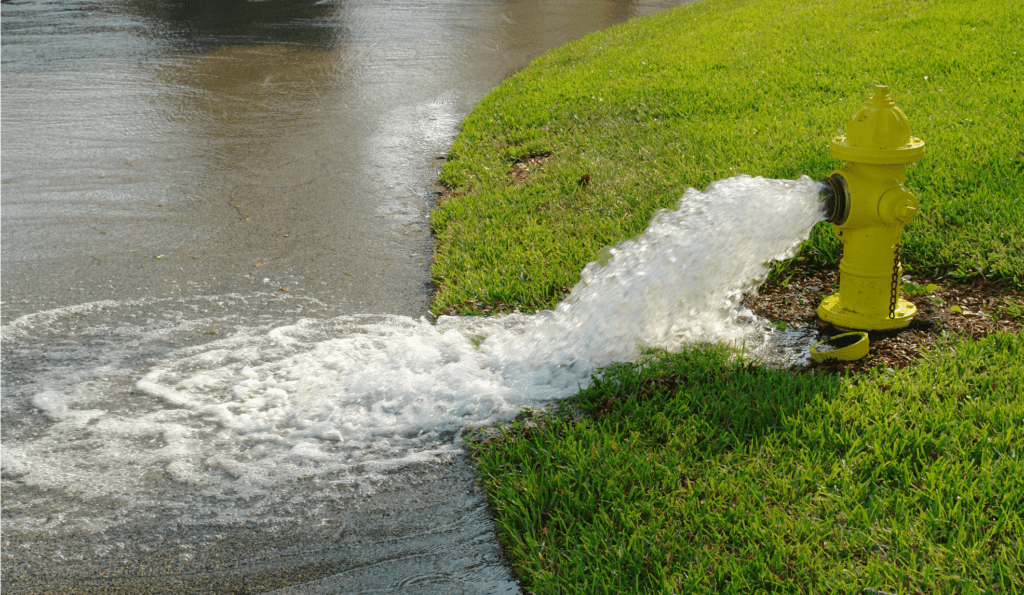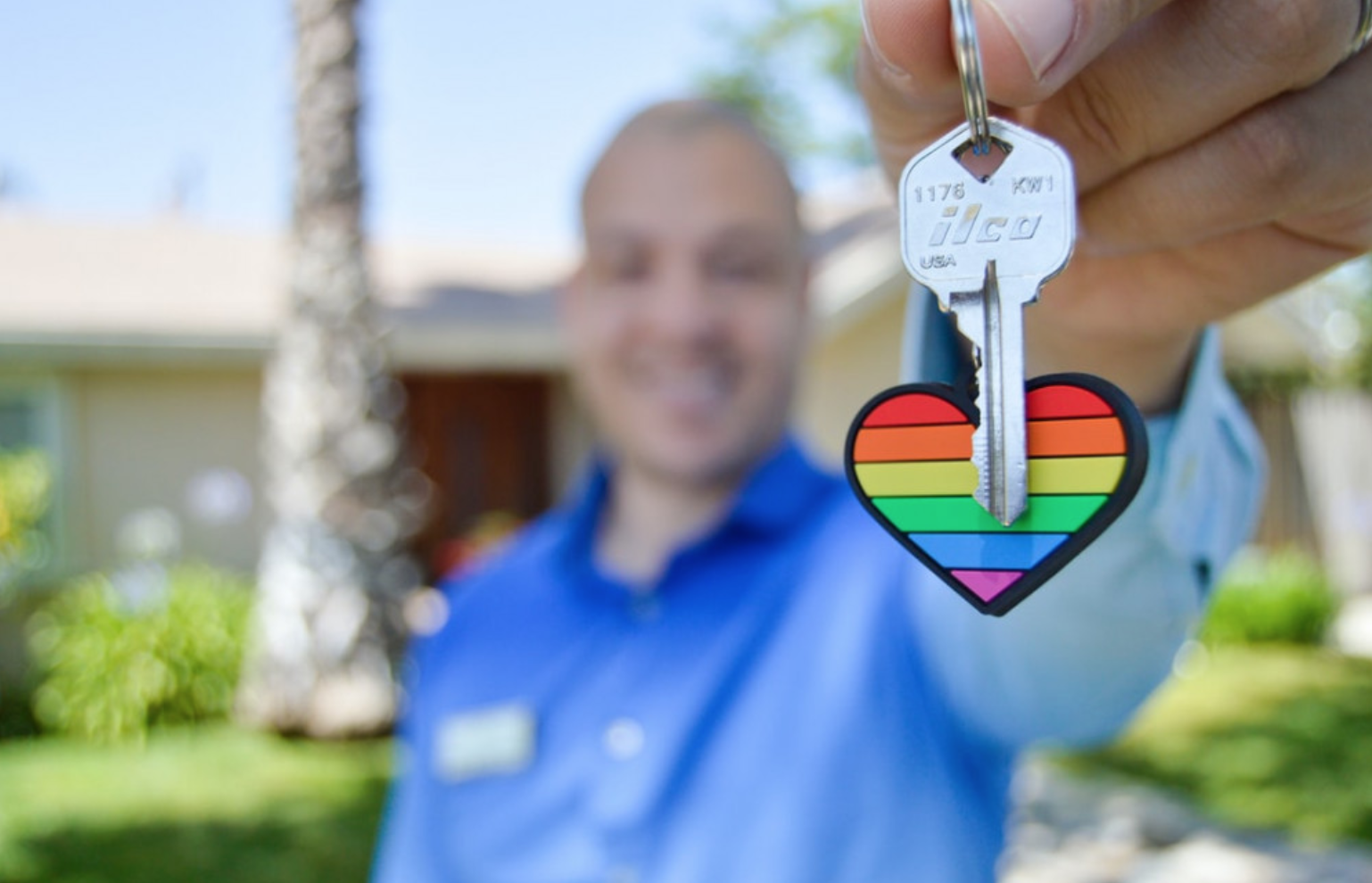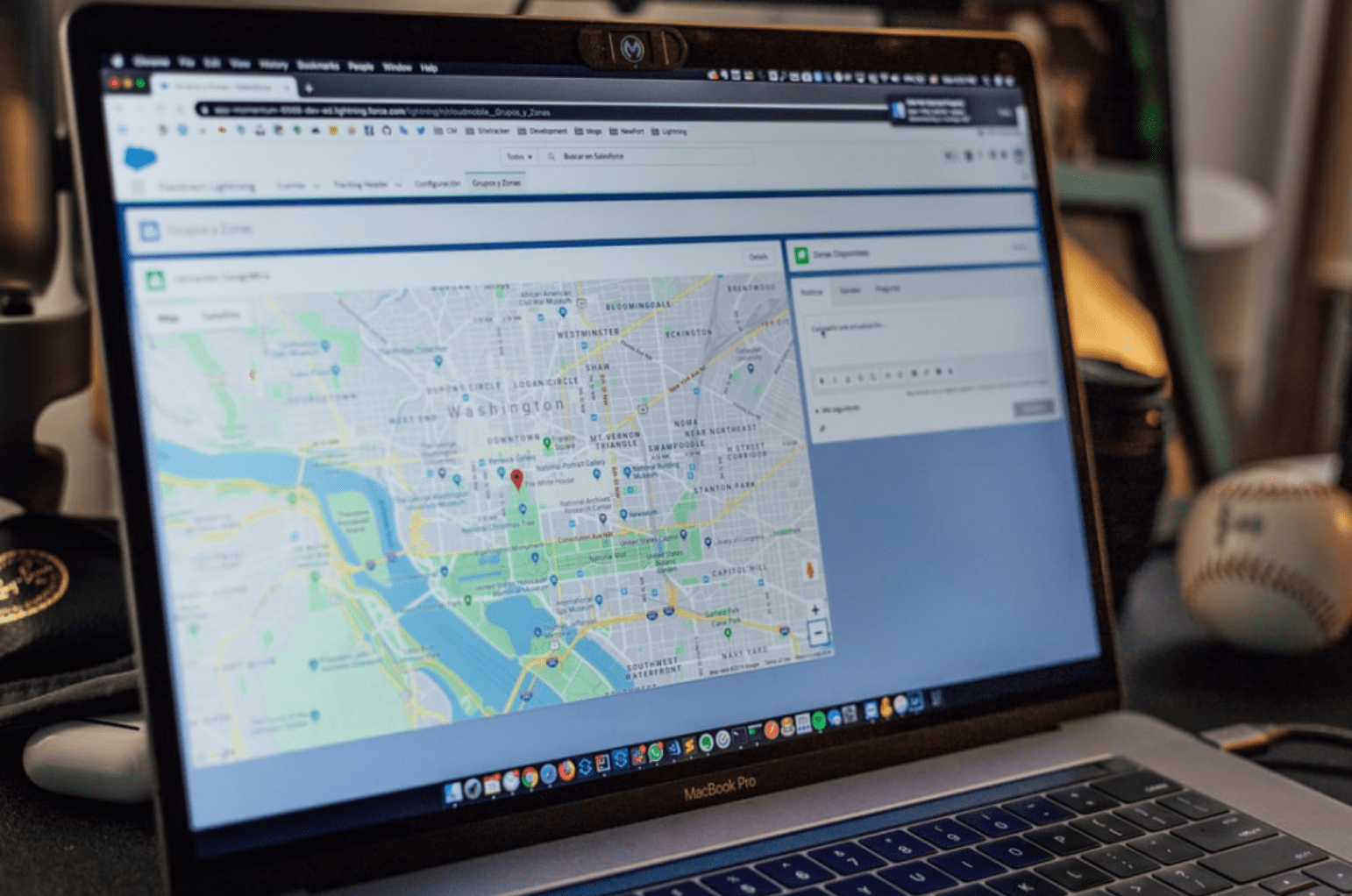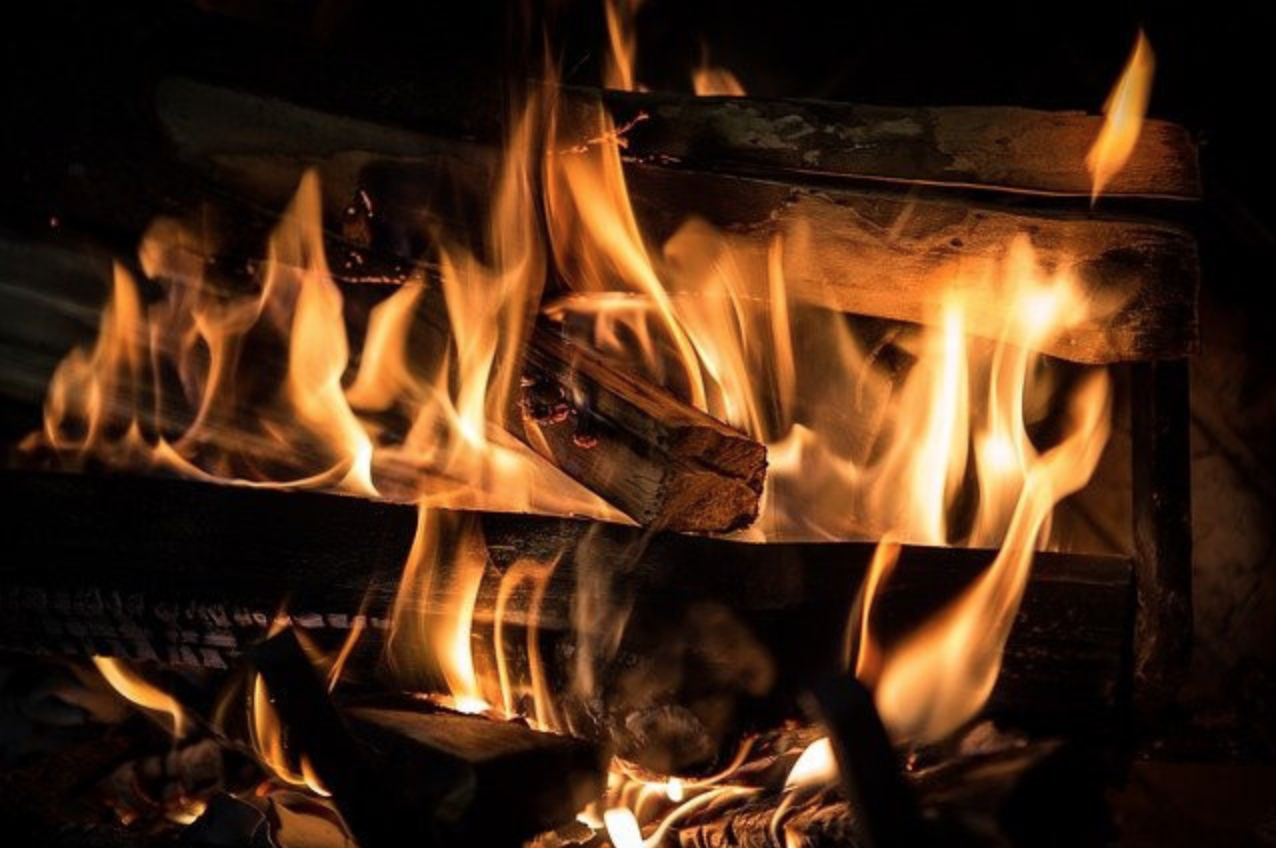Having a fire on a cool night is so cozy and relaxing, and it can really make your home feel complete. Fireplaces are relatively new to me, and I had nights last winter when I thought it was ok to go to bed and let the last log burnt unattended. I am now wondering if it is safe to leave a fireplace burning overnight.
From checking to make sure that the damper is open when you start your fire to learning how to put it out safely, it is important to make sure that we take precautions when enjoying a fire.
It is never safe to leave a fireplace burning overnight. There is always a risk of carbon monoxide poisoning as well as a risk of burning your house down. You should only have a fire when you plan to be in the room enjoying it. Make sure that the flue is open and leave it open overnight after a fire.
Fire safety is critical so that you can enjoy your fireplace. Continue reading to learn why it’s not safe to leave a fire burning overnight and how to practice fireplace safety.
Is it Safe to Leave a Fireplace Burning Overnight?
A fireplace should never be left burning overnight unattended. You must put out your fire when you are finished enjoying it. Leaving it burning can be very dangerous. It can release carbon monoxide into your home, and sparks and ashes can pop and cause a fire. But you must make sure you put the fire out correctly.
How to Put a Fire Out
When you are ready to put your fire out, you should not throw water on it. Water could cause a lot of smoke and it will make it harder to clean up the ashes. Instead, use a fire piker to spread the embers around. Then, you can put ashes on top of the embers. This will help start to extinguish the fire.
You can also get some baking soda and place a thin layer on top of the fire to extinguish it faster. Let the ashes cool off, and you can collect them and place them in a metal container. Then, take the container outside and away from anything that is flammable.
The reason why you may want to use baking soda is that it is actually used in fire extinguishers. When baking soda gets hot, it releases carbon dioxide, which will smother the fire. It is a much safer option to use in place of water.
This is a cool, quick video showing how baking soda is used as a component of a ‘CO2 extinguisher’.
Additional Tips for Fireplace Safety
These are additional tips you should keep in mind to safely enjoy your fireplace:
- The fireplace flue should be open before you light the fire to allow airflow and maintain it open until the fire is out.
- Never use flammable liquids to start a fire. Instead, use long safety matches, kindle, and newspaper sheets.
- Keep the wire mesh screens closed while using your fireplace to keep embers inside the fireplace.
- Only use properly seasoned wood to prevent the accumulation of creosote that can potentially cause a fire.
- There are many things that should not be burned in your fireplace. The easiest way to remember is to only burn adequate seasoned wood.
What to Do Before You Start a Fire
Before you start your fire, you need to make sure that the fireplace is clean. There should not be any flammable materials near the fireplace, including magazines, books, curtains, and home decor. Check your fireplace mantel and make sure that nothing is hanging down from it.
Next, you need to make sure that your chimney is ready for a fire. You should have it inspected once a year by a professional, so call one if it has been too long. And don’t forget that the damper must be open before you start your fire.
How to Start a Fire
Once you have cleaned your fireplace and made sure that your chimney is clean, you can place two logs on the metal grate in your fireplace. They should be around six inches apart. You can crumple up a couple of pieces of newspaper and place them between the pieces of firewood, and then you should cover the newspaper with kindling.
You can place another log on top of the kindling and the newspapers. Make sure that it isn’t too crowded because you want room for ventilation. Make sure that your fireplace damper is open all the way.
Now, you can use your long matches and light the newspaper and the kindling. Once your fire is started, you should add firewood when you need it to keep the fire going, but make sure that the flames are visible underneath the fireplace opening.
Don’t put too much firewood on your fire, and make sure that you keep anything that can catch fire at least three feet away from the fireplace. When you finish enjoying your fire, you should make sure that you put it out all the way before you leave.
===> While we are on the topic of fire, let’s find out if you can get a tan from a fire.
Conclusion
It is never safe to leave your fireplace burning overnight. You should follow the steps above and put it out before you leave. Make sure that you clean the fireplace and have the chimney inspected once a year so that you can relax and enjoy your fire safely.
Related Posts:




